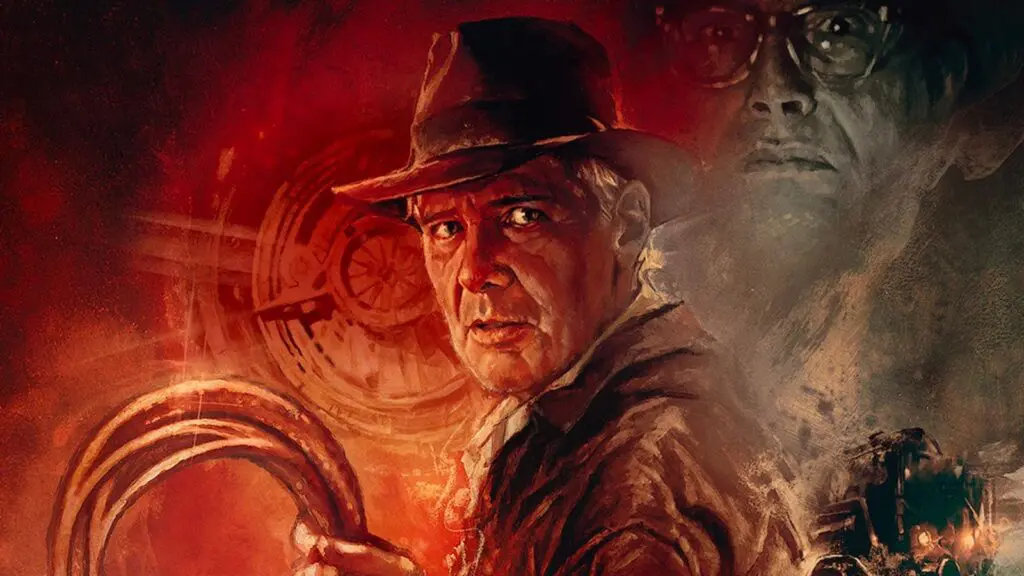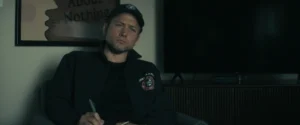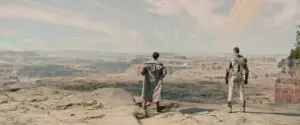Summary
If I had the Dial of Destiny in my possession, I would go back and fix this film’s weak, patronizing third act.
Indiana Jones and The Dial of Destiny, and the 2008 movie featuring aliens, can be seen as almost remakes rather than sequels. That’s because technology has drastically improved since the original trilogy.
What those films accomplished was simple—they took the 1940s adventure B-movie and infused it with a spiritual quality that never felt out of reach or beyond the realm of possibility.
The reason is that the first three films were created in a world where generations still held strong religious beliefs. Regardless of how supernatural those movies are, most believed in religion and even higher power.
However, the latest iteration of the archaeologist professor, sporting his trademark brown fedora and holding his weathered whip, has fallen victim to technological advancements.
It enters realms of extraterrestrials and time travel and loses the effect of tangible discovery.
Initially billed as the final chapter of the Indiana Jones films, this installment returns to what made the originals classic. The advancements in technology work in favor of the viewers, allowing an immersive world created for the maverick archaeologist.
Utilizing the de-aging technology used by The Irishman, we are treated to a young Indy (Harrison Ford) again taking on the Nazis.
Near the end of World War II, James Mangold’s film delivers an exhilarating homage to classic old-style Hollywood adventure scenes. In one memorable sequence, the original “nerd” sex symbol, Indy, assists his partner Basil Shaw (Toby Jones), in escaping the Nazis on a train (great movie title). The plot revolves around “Dial of Destiny,” an artifact that may possess the power to alter history.
And that’s all great stuff akin to great Indiana Jones film openings in the past. Led by a German scientist named Voller (Mads Mikkelsen), the three fight for the power of the artifact, and the film has a childlike wonderment, like when you watched Raiders of the Lost Ark for the first time.
The film continues that clever adventure and humor when the story picks up decades later with a thrilling chase through the streets celebrating America’s attempt at a moon landing.
The performances are excellent, including Ford, who plays Indy, now retiring and going through a divorce. Another great addition, and possible spinoff character, has Basil’s daughter Helena (Phoebe Waller-Bridge) pop in for a visit.
Government officials, who have recruited Nazi scientists for NASA, are actively tracking her because she may know the location of the artifact’s other half.
Indiana Jones and the Dial of Destiny starts as a good movie but falls into a bizarre tone-deaf third act that takes away most of the goodwill. I won’t give away the film’s twist, but this stumble is the issue of this chapter juggling between filmmakers.
Particularly the transition from Spielberg and his loyal Scribe David Koepp to James Mangold and the writing team from Ford v Ferrari.
Indiana Jones and the Dial of Destiny is worth watching by diehard franchise fans, who will surely leave disappointed. The film suffers from having to write out Shia LaBeouf’s character and misses a golden opportunity that would have made the film work much better in reuniting them.
Also, a big cameo at the end feels forced, again giving the story little closure.




